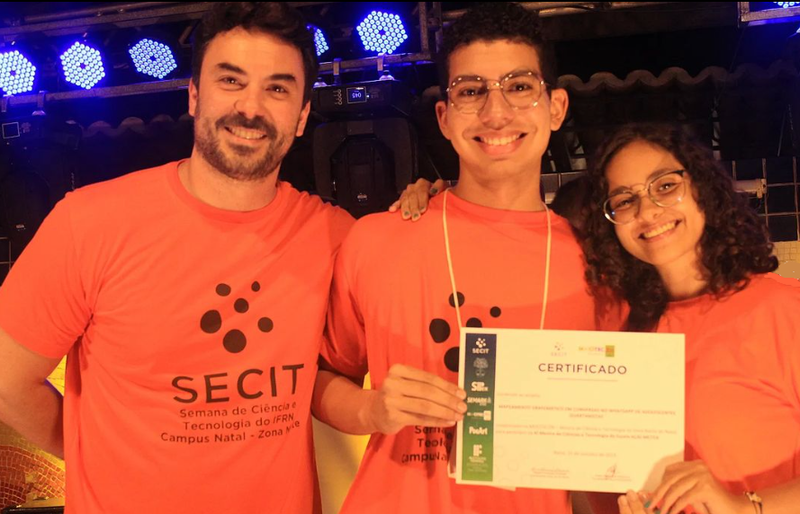Published by Nerevan Cruz on 10/07/2024
– Updated 1 hour and 16 minutes ago
Tuesday (15)The largest scientific event begins in the northern region of Natal. In its 13th edition Science and Technology Week on Campus (SESIT) Include it in your schedule, between days October 15 and 17Four events are already integrated into the organization’s calendar: Start-up Research and Extension Symposium (CEPEX); the Computer Science Degree Week (Selinfo)the Marketing Week (Semark) and Poetry from verse to verse.
Moreover, it is worth highlighting something new: during this period, the school also implements Environment Week (Seeds)which annually promotes topics related to the environment, mind, body, spirit and coexistence.
The schedule for both events will be announced this week.

Syset programming
Participants will have a range of options to register. Activities will include workshops, short courses, round tables, lectures, working exhibition sessions, workshops, idea challenges and cultural performances. “We are very excited about this session, as we will have another opportunity to stimulate the scientific career of students in society, through the dissemination and dissemination of science, in addition to training young researchers, and encouraging a culture of research, innovation and entrepreneurship.” These days will also be important for announcing technological and sustainable actions and practices related to research, innovation and indicative nature,” explains Professor Miguel Kolodyuk, coordinator of scientific events on campus.
opening
This year, with the theme “Brazil’s Biomes: Diversity, Knowledge and Social Technologies”same The theme of National Science and Technology Weekreceives the event Biologist Elisa Maria Freire, One of the references in Brazil in herpetology – Study of reptiles and amphibians – especially animals from the Caatinga and the Atlantic Forest of the northeast.

Since completing her master’s degree in the early 1980s, she has identified eight new species of amphibians, snakes and lizards – including one that is just 3cm long – and helped prove that the biodiversity of herpetofauna in the North East was richer than previously thought. In collaboration with her team, she documented unprecedented behaviors, such as the lizard remaining next to the female after mating, preventing other males from approaching.



![[VÍDEO] Elton John’s final show in the UK has the crowd moving](https://www.lodivalleynews.com/wp-content/uploads/2023/06/Elton-John-1-690x600.jpg)

More Stories
The Director of Ibict receives the Coordinator of CESU-PI – Brazilian Institute for Information in Science and Technology
A doctor who spreads fake news about breast cancer is registered with the CRM of Minas
The program offers scholarships to women in the field of science and technology